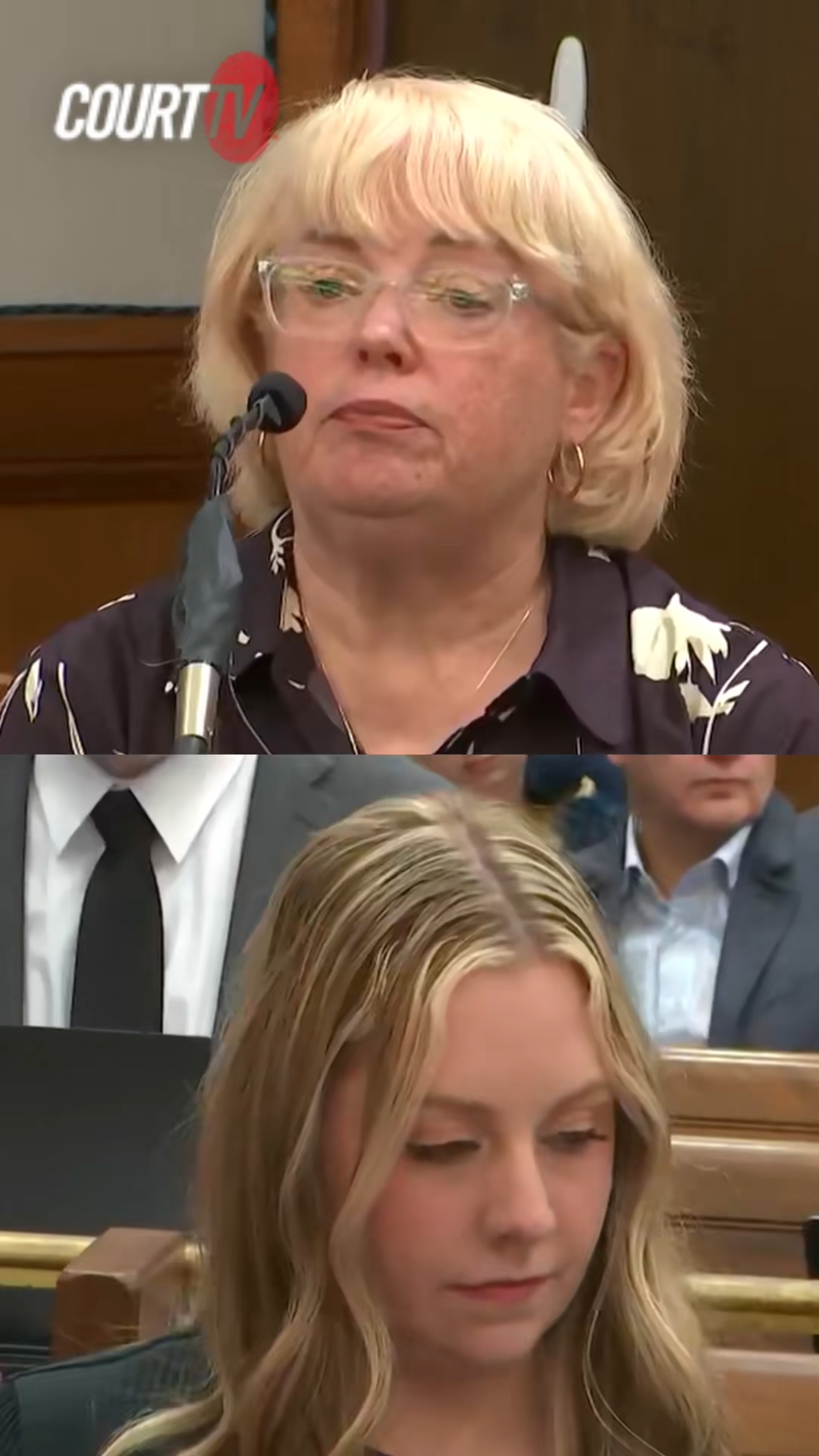
During a recent testimony, a teacher addressed questions about her actions while supervising students at an elementary school. When asked if she held administrative authority at the school, she clarified that she was not an administrator but a certified teacher with a specialized degree in reading. She also noted that she only assumed administrative responsibilities when other staff were absent, emphasizing her primary role was teaching.
The discussion touched on routine classroom activities, including handling students’ school bags and maintaining order in a room with multiple children. The teacher explained that she acted based on her knowledge of the student in question, JT, and the dynamics of the classroom at the time. “I was not going to cause hysteria,” she stated, highlighting her goal of managing the situation calmly and responsibly without escalating tensions.
She added that after attempting to address the issue directly, she promptly reported the incident through appropriate channels. The teacher emphasized that her actions were guided by her professional judgment and her relationship with the student, and she could not control the responses of others. This statement underscores the challenges educators face in balancing classroom management, student safety, and proper reporting procedures, especially in situations involving potentially disruptive behavior or concern for a child’s well-being.
Her testimony provides insight into the careful considerations teachers must make in real-time when ensuring both safety and support for their students while navigating institutional procedures.




